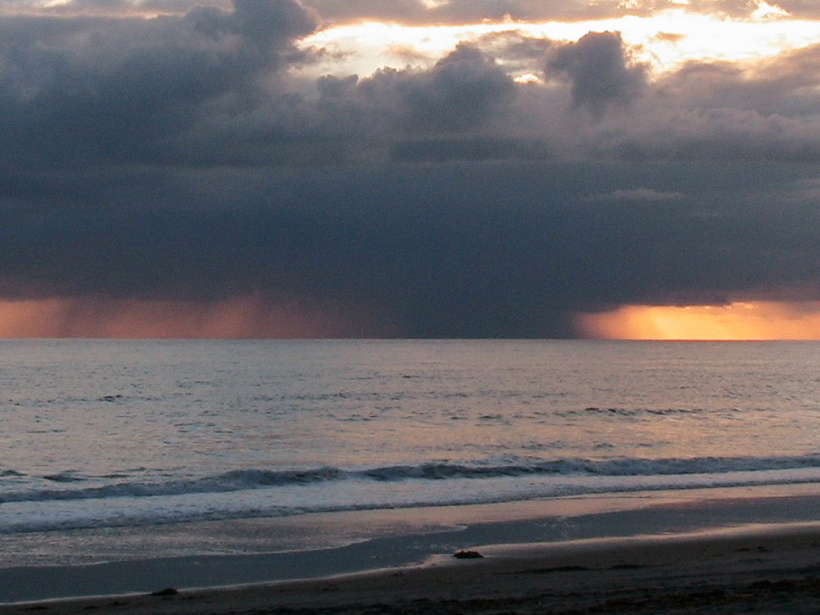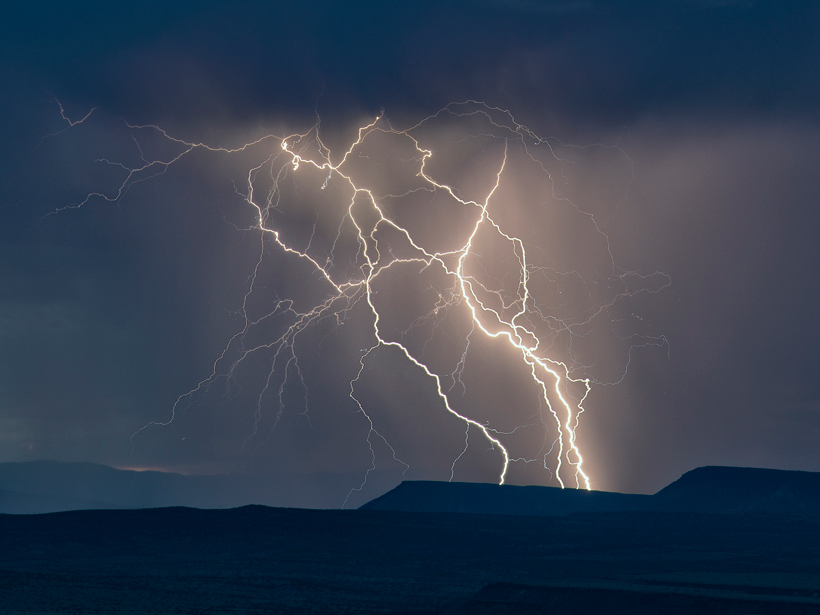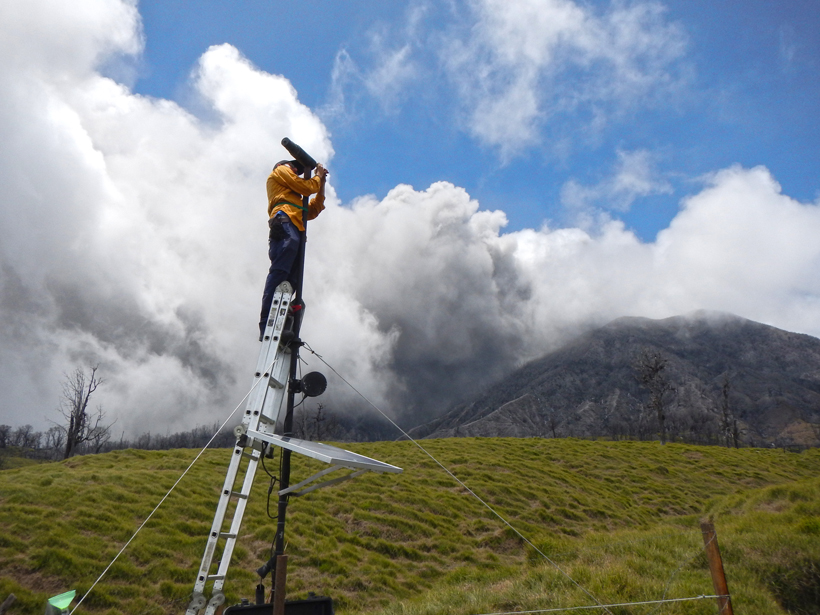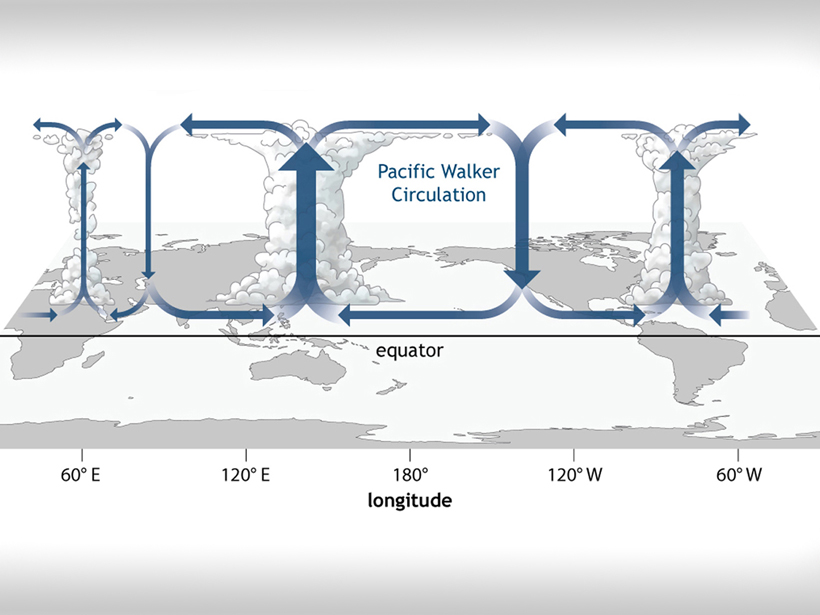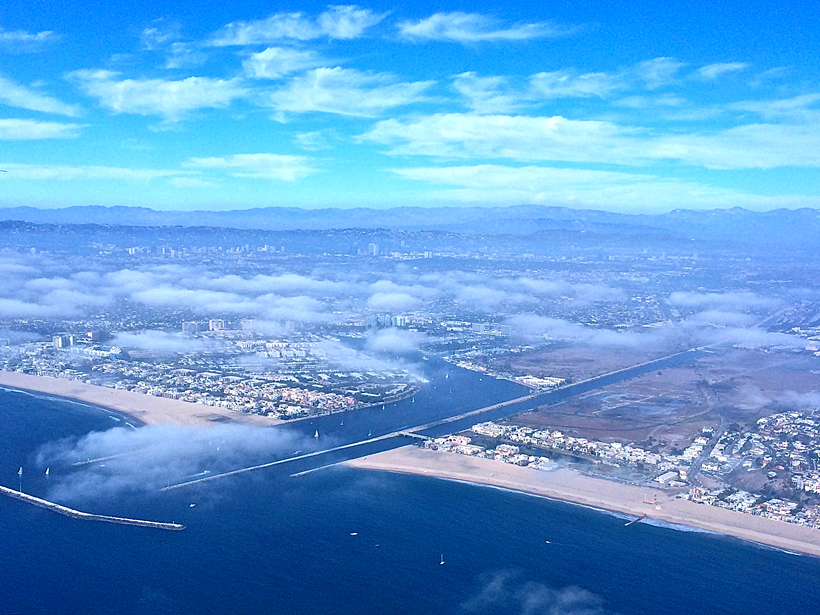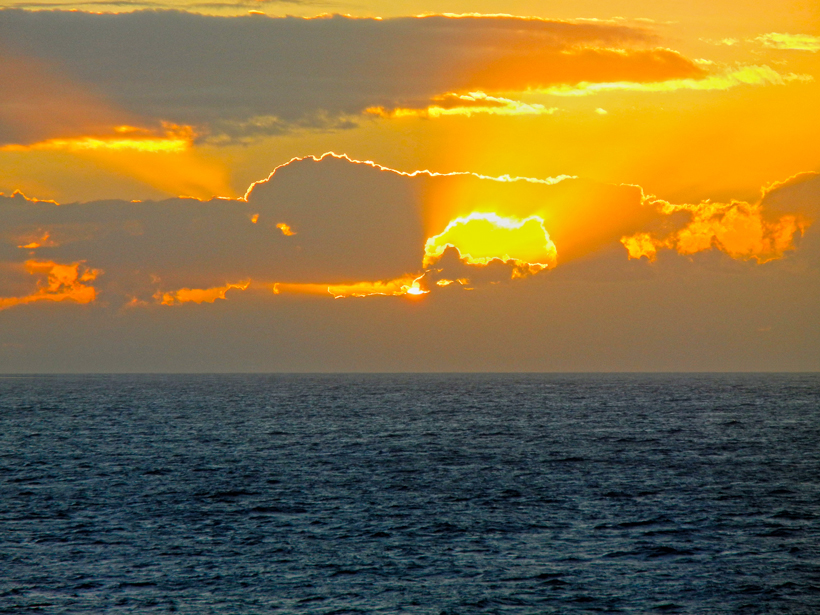Jiwen Fan, Andrew Gettelman, Allen L. Robinson, and Allison Steiner will receive the 2015 Atmospheric Sciences Ascent Award at the 2015 American Geophysical Union Fall Meeting, to be held 14–18 December in San Francisco, Calif. The award recognizes "research contributions by exceptional mid-career scientists in the fields of atmospheric and climate sciences."
everything atmospheric
Holben and Zerefos Receive 2015 Yoram J. Kaufman Unselfish Cooperation in Research Award
Brent Holben and Christos Zerefos will receive the 2015 Yoram J. Kaufman Unselfish Cooperation in Research Award at the 2015 American Geophysical Union Fall Meeting, to be held 14–18 December in San Francisco, Calif. The award recognizes "broad influence in atmospheric science through exceptional creativity, inspiration of younger scientists, mentoring, international collaborations, and unselfish cooperation in research."
Cool Downdrafts in Large Thunderstorms Captured by Satellite
Orbiting scatterometers can reveal patterns of cool air in mesoscale convective systems.
Lightning "Impulses" Improve Models of Global Electrical Circuit
New simulations of how thunderstorms drive electrical currents through the Earth's atmosphere combine precision with computational speed.
Monitoring Gas Emissions Can Help Forecast Volcanic Eruptions
5th Meeting of the Network for Observation of Volcanic and Atmospheric Change; Turrialba Volcano, Costa Rica, 27 April to 1 May 2015
Rethinking How Tropical Convection Works
Researchers look at previous Walker circulation models and ask, Does damping truly matter?
Urbanization Threatens Drought-Reducing Clouds in California
Since the mid-20th century, increased urbanization along the southern California coast has raised nighttime temperatures, resulting in less morning fog and cloud cover.
Newly Discovered Properties of Elusive Gamma Ray Flashes
The properties of terrestrial gamma ray flashes have eluded scientists for years. This new study sheds light on how they originate.
Modeling the Stratosphere's "Heartbeat"
Quasibiennial Oscillation Modeling and Reanalysis Workshop; Victoria, British Columbia, Canada, 16–18 March 2015
Dispelling Clouds of Uncertainty
How do you build a climate model that accounts for cloud physics and the transitions between cloud regimes? Use MAGIC.

